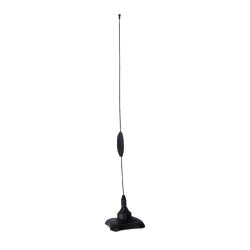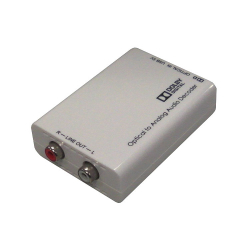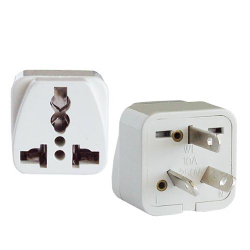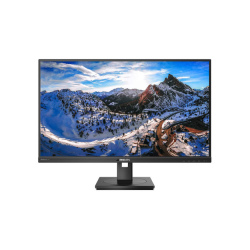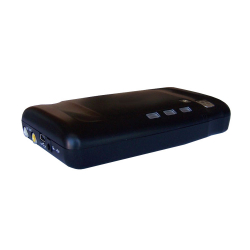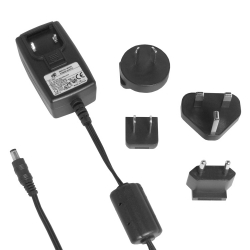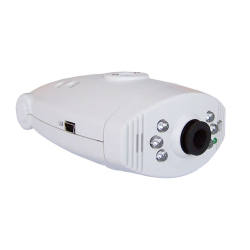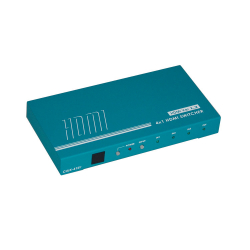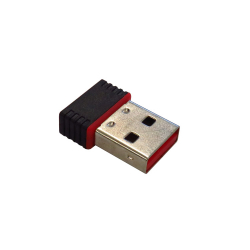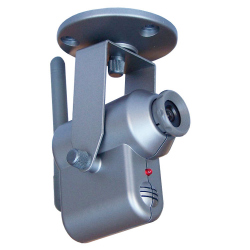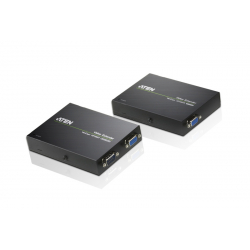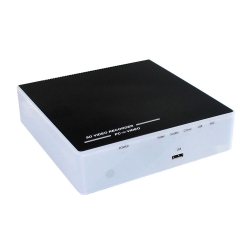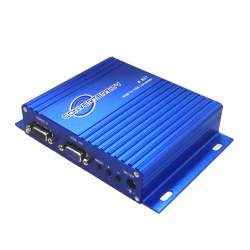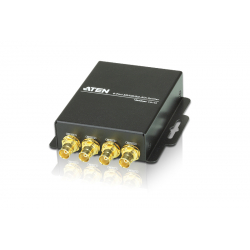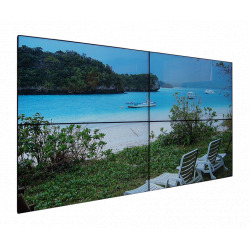A B C D E F G H I J K L M N O P Q R S T U V W X Y Z _
| Blue Key | Blue key generation is a process where a subject is filmed or photographed against a background consisting of a single colour - Blue. The portions of the video which match the blue background are replaced by the alternate background video. This process is commonly known as "keying", "keying out" or simply a "key". The Blue Key process is often referred to simply as 'Bluescreen'. Blue is often used as it is the complementary colour to flesh tone - since the most common colour in most scenes is flesh tone, the opposite colour is the logical choice to avoid conflicts. |
| Antialiasing | Antialiasing is a procedure which, by smoothing and filtering, eliminates or reduces the distortion artifacts known as aliasing when representing a high-resolution signal at a lower resolution. The procedure usually involves low pass filtering of the processed signal prior to digitising in order to eliminate signals, having frequencies close to and greater than half of the sampling frequency. |
| Aspect Ratio | The ratio between the width and height of the TV picture on the screen. There are two common TV screen shapes that most people will recognise - for television monitors it is either 4:3 ('standard') or 16:9 ('widescreen'). NTSC analog TV systems use a 4:3 aspect ratio, while ATSC uses the wider 16:9 aspect ratio. While most new HD programming is in 16:9, a significant amount of TV broadcasts are still sent in the conventional 4:3 ratio. When watching 4:3 programs on a HDTV 'pillar boxing' may occur, with black columns displayed on the left and right of the image. |
| Audio Bandwidth | The range of audio frequencies over which an amplifier or receiver will respond and provide useful output. The highest practical frequency which the human ear can normally hear is 20 kHz. An audio amplifier which processes all frequencies equally (flat response from 20 Hz to 20 kHz) and a reasonably high signal-to-noise ratio, will faithfully reproduce the full range of perceptible sound. |
| AVI | AVI (Audio Video Interleaved) is a computer video/graphics format. AVI files can contain both audio and video data in a file container that allows synchronous audio-with-video playback |
| AWG | American Wire Gauge is a standardised wire gauge system used to measure wire or cable thickness. Speaker cable is often measured this way. The gauge number gets smaller as the thickness of the wire increases, eg very fine wire (for example 30 gauge) is much smaller than 4 gauge wire. The cross-sectional area of each gauge is an important factor for determining its current-carrying capacity |
| Bluetooth | Bluetooth is an open wireless protocol for transfer of data over a short distance (using short length radio waves). It was originally conceived as a wireless alternative to RS-232 data cables. Because the devices use a radio (broadcast) communications system, they do not have to be in line of sight of each other. It can connect several devices, overcoming problems of synchronisation. |
| BNC Connector | A type of connector used for high frequency signals including RF signal connections, analog and Serial Digital Interface (SDI) video signals, amateur radio antenna connections, aviation electronics and many other types of electronic test equipment. |
| Cable TV (CATV) | A TV system that uses fixed optical fibers or coaxial cables as opposed to the over-the-air method used in traditional television broadcasting (via radio waves) in which a television antenna is required. Hundreds of channels can be transmitted simultaneously with CATV, which is almost impossible with traditional television broadcasting. |
